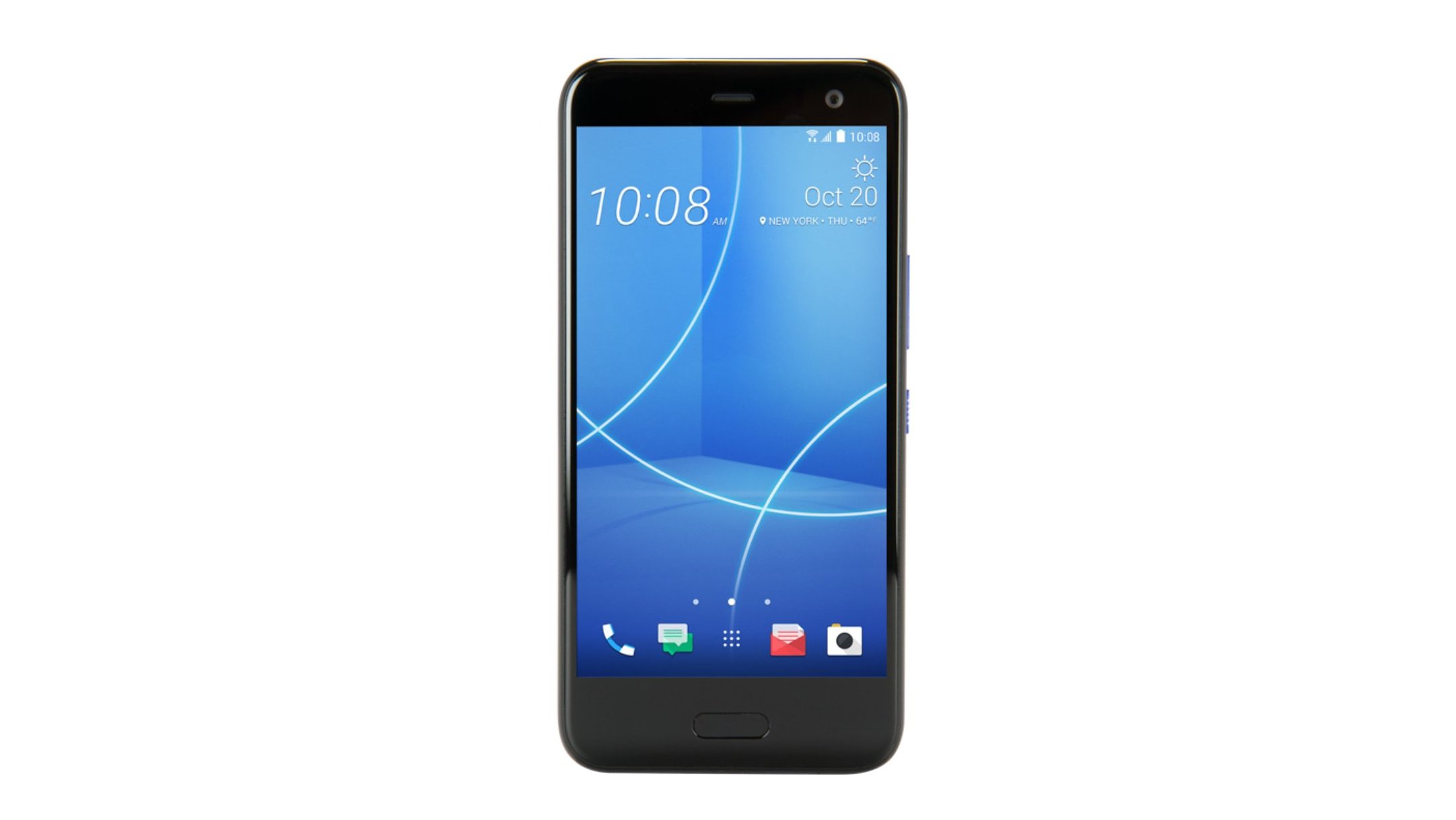Ice blue HTC U11 Plus looks cool in 3D render video
The HTC U11 has been one of the best received HTC phones in recent years, and a more powerful successor is expected to be launched soon. We learned earlier this week that the device, what is expected to be called the HTC U11 Plus, may be unveiled on November 2, and now, we might have a better idea of what it’s going to look like.
A 3D render of the handset has appeared in a CAD video from leaker @OnLeaks, this time in partnership with Indian website couponraja.in. The video depicts a metallic, ice blue device that shares much in common with the U11, as you might expect, but with a couple of key changes.
The HTC U11 Plus looks like it will switch the fingerprint scanner from the front to the rear of the device, a move we’ve seen other handsets make this year in order to achieve a “full screen” display. This is another firm indication that the U11 Plus will include such a bezel-less design, as rumors have previously suggested.
You’ll also notice a USB Type-C port, a single rear camera sensor with dual-LED flash, and the lack of a headphone jack, all of which are true to the original U11 design.
EDITOR'S PICK
Current rumored specs for the U11 Plus suggest it will have a 6-inch display with 2880 x 1440 pixel resolution and an 18:9 aspect ratio, Snapdragon 835 chip, 4 GB/6 GB RAM and 64 GB/128 GB internal storage options. In addition, a 12 MP rear camera is expected, with an 8 MP camera up front, as well as an IP68 rating for dust and water resistance. The Edge Sense feature from the U11 is also likely to be included.
As far as operating system is concerned, it could go either way. The HTC Bolt (AKA HTC 10 evo) arrived last November with Android Nougat, which had just been released that August. We’re in a similar situation this year with Android Oreo, but that’s not a guarantee that it will be running on the upcoming handset. It would be another big selling point if HTC did manage to get it on-board at launch, though



Comments
Post a Comment